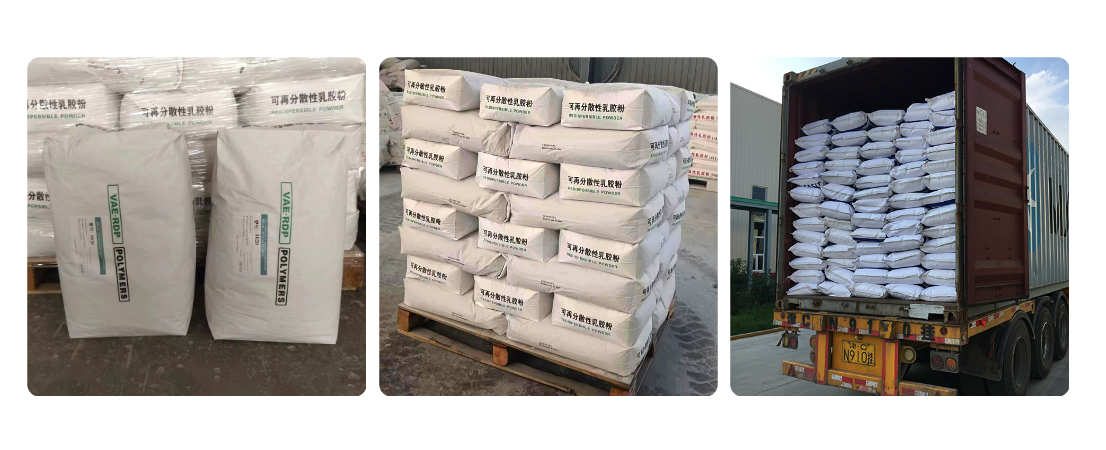
Dec . 06, 2024 20:01 Back to list
hydroxyethyl cellulose for paint
The Role of Hydroxyethyl Cellulose in Paints An Essential Additive for Modern Coatings
Hydroxyethyl cellulose (HEC) is a versatile and widely-used water-soluble polymer derived from cellulose, which plays a crucial role in the formulation of paints and coatings. This additive significantly influences the performance, application, and final appearance of various paint products. As the demand for high-quality paints continues to rise, understanding the function of HEC has become increasingly important for manufacturers and consumers alike.
What is Hydroxyethyl Cellulose?
Hydroxyethyl cellulose is a non-ionic, water-soluble polymer obtained through the etherification of cellulose. Its unique properties include excellent film-forming capabilities, thickening ability, and stability, making it an ideal additive in a wide range of formulations. HEC is non-toxic, biodegradable, and can be derived from renewable resources, aligning well with the growing emphasis on sustainability in the coatings industry.
Thickening Agent
One of the primary functions of HEC in paint formulations is as a thickening agent. It provides the necessary viscosity to paint, enhancing its flow properties and stability. This thickening effect ensures that the paint remains in a homogeneous state, preventing settling or separation of components over time. The right viscosity allows for smoother application, whether by brush, roller, or spray, leading to a more uniform coating on surfaces.
HEC's ability to adjust viscosity can also influence the application characteristics of paint. For instance, in high-gloss coatings, the right level of viscosity can result in improved leveling and an even finish, while in textured paints, HEC can help achieve the desired thickness without sacrificing application ease.
Stabilization of Suspensions
hydroxyethyl cellulose for paint

In addition to thickening, HEC plays a crucial role in stabilizing suspensions in paint. Pigments and fillers are essential components of paint formulations; however, without proper stabilization, these particles can settle, resulting in an uneven coloration and texture. HEC helps keep these solid particles suspended in the liquid medium, ensuring consistent color distribution and performance throughout the paint can. This stabilization effect is particularly valuable in paints containing heavy pigments or those with a high solid content.
Improved Performance Properties
The inclusion of HEC in paint formulations can enhance several performance properties. For instance, HEC can improve the adhesion of paint to various surfaces, ensuring that the coating withstands environmental factors and mechanical wear. Additionally, HEC contributes to the water retention of paint films, reducing the likelihood of cracking and peeling over time. This feature is particularly beneficial in exterior paints that face challenging weather conditions.
Furthermore, HEC can aid in the stabilization of emulsions in latex paints, ensuring that the paint remains effective and functional over its shelf life. By providing controlled release of water during the film formation process, HEC plays a vital role in the drying and curing of paint, minimizing defects like blushing and promoting a durable finish.
Application in Eco-Friendly Formulations
As the industry shifts towards more environmentally friendly products, hydroxyethyl cellulose stands out due to its non-toxic nature and compatibility with other natural components. This aligns well with the increasing consumer preference for eco-friendly paints that have low or zero volatile organic compounds (VOCs). HEC can enhance the performance of these formulations without compromising on quality or usability.
Conclusion
Hydroxyethyl cellulose is an essential ingredient in modern paint formulations, serving multiple functions that enhance the overall quality and performance of coatings. Its thickening, stabilizing, and performance-enhancing properties make it a valuable additive for both decorative and industrial paints. As the paint industry continues to evolve, the role of HEC will likely expand, particularly as sustainability becomes a primary focus. Understanding and leveraging the benefits of hydroxyethyl cellulose can lead to the development of superior paint products that meet the diverse needs of consumers while supporting environmental goals.
-
Versatile Hpmc Uses in Different Industries
NewsJun.19,2025
-
Redispersible Powder's Role in Enhancing Durability of Construction Products
NewsJun.19,2025
-
Hydroxyethyl Cellulose Applications Driving Green Industrial Processes
NewsJun.19,2025
-
Exploring Different Redispersible Polymer Powder
NewsJun.19,2025
-
Choosing the Right Mortar Bonding Agent
NewsJun.19,2025
-
Applications and Significance of China Hpmc in Modern Industries
NewsJun.19,2025







